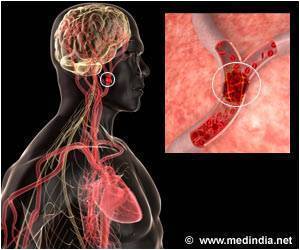Data on first six months of pandemic shows disparities in COVID-19 risk based on zip code.

‘Lower-income and predominantly minority neighborhoods are defined as the most vulnerable.’
Read More..




The data, obtained from three large US cities (Chicago, New York, and Philadelphia), included socioeconomic status, household data, minority status, language spoken, housing type, and transportation. The study is the first to examine data on tests, cases, and deaths per zip code. The Social Vulnerability index was used to measure the resources that could be used to prevent suffering and financial loss in the event of a pandemic. Read More..
Usama Bilal, lead author, said, "We've been documenting the potential existence of these disparities from the early days of the pandemic. Now we have comprehensive data on some of the deadly effects from residential segregation, structural and environmental racism, and economic injustice in the ongoing pandemic."
Ana V Diez Roux, senior author, says that the pandemic has brought to light how the social determinants of health, like social and economic inequalities, and structural racism, affect health profoundly.
"In addition to addressing the starkly inequitable impact of the pandemic today, we must recognize that improving the nation's health requires acting on underlying social and economic drivers, including the pervasive effects of structural racism,” she adds.
According to the Social Vulnerability Index, lower-income and predominantly minority neighborhoods are defined as the most vulnerable. Findings further revealed that testing, positive case rate, total confirmed cases, and deaths were much higher in such neighborhoods. However, such a link was not found in the state of Philadelphia.
Advertisement
The authors state that due to a lack of systematic, widespread testing in the US, the inequities found are likely much larger than reported in the study. They recommend more testing, vaccination, along with better working conditions with access to personal protective equipment, paid sick leave, and more investment in low-income communities.
Advertisement
Source-Eurekalert















